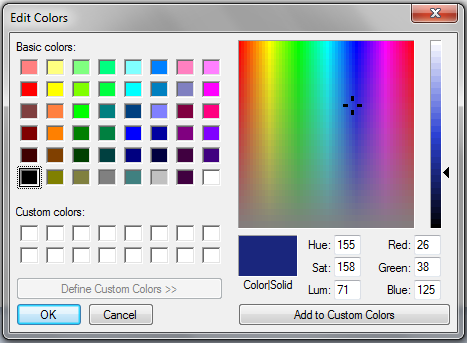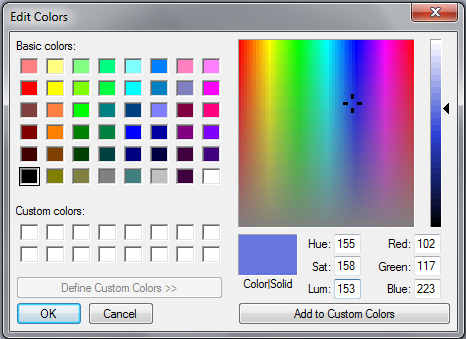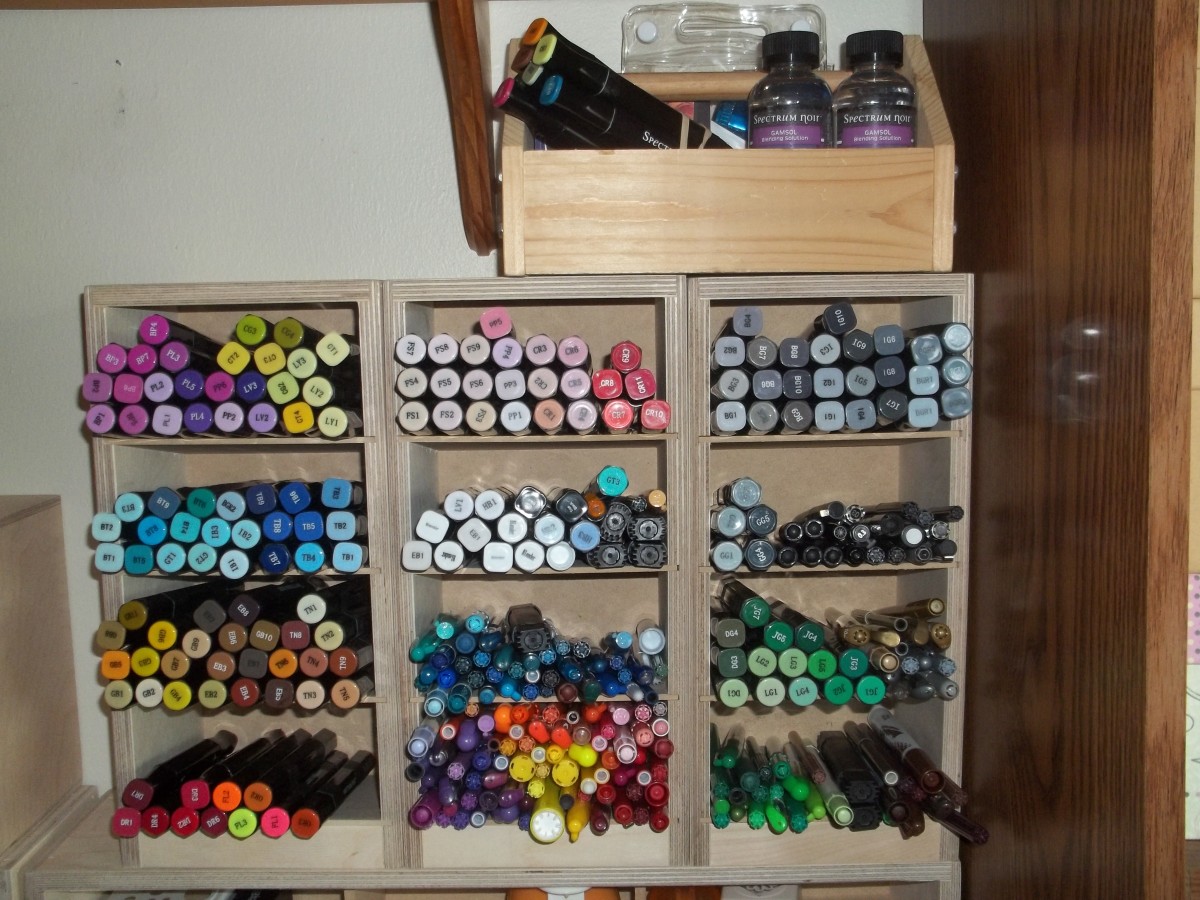Coloring in Isometric Pixel Art

Besides using lines to create Isometric Pixel Art, you must be able to master the use of colors in order to create beautiful masterpieces. In order to maintain the illusion of 3D, we act as if there were an invisible sun in the sky that casts shadows and shade onto the objects. In the example pictures below, you can see how we use three different shades of the same color to give that illusion. This method matches reality. The side of the wall that is not in direct view of the sun is darker, because of the shade, than the side that is in direct view of the son.

The Dark Side of the Cube
Imagine there is a sun, high in the sky, behind the building. The darkest part of the cube will be the side that is hidden from the sun. We make this the front right side.

The Other Side
Now, the other front side, is not the most visible to the sun, but it is more directly in view of the sun, so it is lighter than the darkest side.

The Lightest Side
Lastly, the top is obviously the closest and most directly in view of the son, and is therefore the lightest side of the cub.
Selecting the Shades of Color
Using the program Microsoft Paint, and probably any program that uses the same style of color selector, we can be very specific in the way we select and change the shades of colors we use.
There are two methods used to select colors.
- Hue, Saturation, Luminosity, and
- Red, Green, Blue
By either system of selecting colors, you can choose absolutely any color you wish, and subtly change the colors in different ways.
For this section, we will be using the Hue, Sat, Lum style because by altering the number for Luminosity, we are able to change how dark or light the color is. Examine the pictures below to see how the color changes as we change the luminosity number.
Dark Color

Middle Color

Light Color

You can either manually adjust the Lum number by typing it in, or you can simply use the sliding ruler that is on the far right side of the color selecting box. By typing the number in manually, you can specificcly adjust how much you want the color to change. This is great if you want to change the color at specific, constant intervals. Also, using that method, you can keep track of what color you are using.







